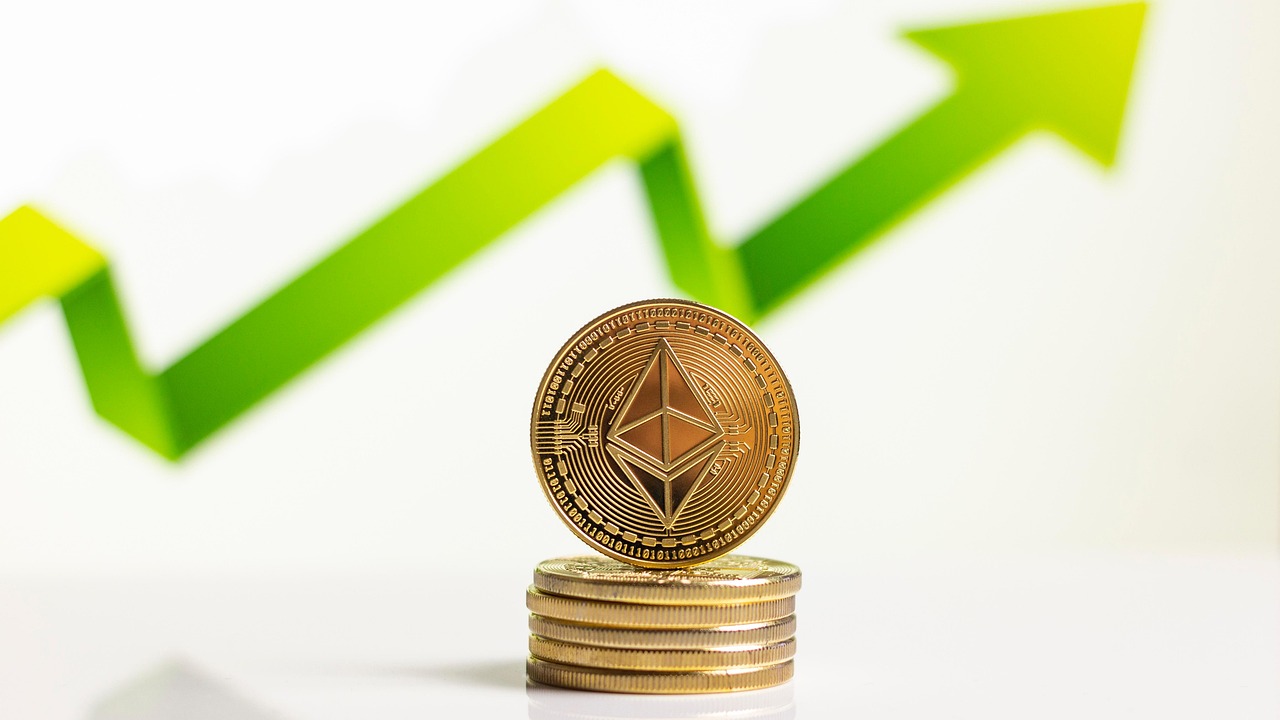Solana vs. Cardano: Who Will Dominate Smart Contracts in 2025?
Understanding Smart Contracts
Smart contracts are self-executing contracts where the terms are directly written into code. They facilitate, verify, or enforce the negotiation or performance of a contract, allowing transactions and agreements to be executed without intermediaries. As decentralized finance (DeFi) continues to expand, the demand for scalable, efficient smart contract platforms has skyrocketed, placing projects like Solana and Cardano in the spotlight.
Overview of Solana
Launched in March 2020, Solana has quickly gained traction as a high-performance blockchain. Known for its incredibly fast transaction speeds and low fees, it utilizes a unique Proof of History (PoH) consensus mechanism. This method timestamps transactions, allowing nodes to process blocks efficiently without synchronization delays.
-
Speed and Efficiency: Solana can process approximately 65,000 transactions per second (TPS), edging out many leading cryptocurrencies. This scalability makes it a preferred choice for applications requiring high throughput, like decentralized exchanges (DEXs) and NFT marketplaces.
-
Ecosystem Growth: The Solana ecosystem has seen rapid expansion, attracting various projects across DeFi, gaming, and NFTs. Notable applications like Serum, Raydium, and Star Atlas have emerged on the platform, driving user engagement and fostering community growth.
-
Developer Experience: Solana offers tools and frameworks that facilitate easy deployment of smart contracts, simplifying the development process. It primarily supports Rust and C, appealing to a wide range of developers.
Overview of Cardano
Cardano was founded in 2017 by Charles Hoskinson, one of the co-founders of Ethereum. It is built on a strong foundation of academic rigor and peer-reviewed research. Cardano utilizes a layered architecture, separating the settlement and computation layers, which provides enhanced security and interoperability.
-
Ouroboros Protocol: Cardano’s Proof of Stake (PoS) consensus mechanism, Ouroboros, is designed for sustainability and scalability. Unlike Proof of Work (PoW), it significantly reduces energy consumption, promoting a more eco-friendly approach to blockchain.
-
Smart Contract Functionality: Launched with the Alonzo upgrade in September 2021, Cardano introduced smart contract capabilities, enabling a wide array of decentralized applications (dApps). Although its capabilities started later than Solana, Cardano boasts the Plutus smart contract platform, which allows developers to write secure and robust contracts in Haskell.
-
Community and Governance: Cardano places a strong emphasis on community governance. Token holders can participate in decision-making processes, influencing upgrades and changes to the protocol, which fosters a sense of ownership and accountability within the ecosystem.
Comparisons of Key Features
1. Transaction Speed and Fees
-
Solana offers lightning-fast transactions with negligible fees, often valued less than a penny per transaction. This efficiency positions it as a suitable option for high-frequency trading and applications demanding rapid execution.
-
Cardano’s transaction speeds are generally slower, averaging around 250 TPS with increasing load. However, it delivers predictably low fees, which remain stable even under heavy network activity.
2. Network Security and Stability
-
Solana has faced network outages, with significant downtimes due to heavy loads or denial-of-service attacks. While measures are being implemented to enhance stability, critics highlight these issues as potential risks for long-term sustainability.
-
Cardano is designed with a robust security model, backed by peer-reviewed research. Its layered architecture ensures that upgrades and changes can be seamlessly integrated without compromising network security.
3. Development and Adoption
-
Solana has a rapidly growing ecosystem, appealing to developers due to its simplicity and performance. Major projects have launched on Solana, indicating strong market interest and adoption.
-
Cardano is gaining traction as well, but its adoption speed lags compared to Solana. Development efforts focus on quality and security, but this cautious approach can slow initial uptake while enhancing long-term project stability.
Looking Ahead: Future Prospects for 2025
As we approach 2025, several factors will influence which platform may dominate in smart contracts.
1. Technological Innovations
-
Solana is actively working on improvements to enhance network reliability and scalability. Advancements in cross-chain interoperability could position Solana as a leading platform in the multi-chain universe.
-
Cardano’s roadmap highlights a continuous focus on smart contract capabilities, scalability, and community governance enhancements. If Cardano successfully implements its planned upgrades, it could carve out a more significant market share.
2. Ecosystem Expansion
-
The proliferation of dApps and DeFi solutions on both platforms will determine user preference and adoption. The ability to attract developers and innovators is crucial for both chains.
-
As established projects on Cardano launch and gain visibility, user confidence may rise, enhancing Cardano’s stature in the blockchain ecosystem.
3. Market Trends and Consumer Preference
-
Consumer demand is continuously shifting, influenced by trends in DeFi, NFTs, and governance models. The platform that adapts quickest to changing user needs may capture greater market share.
-
The rise of regulations in the crypto space could shape development and user engagement. Platforms that can navigate these regulatory frameworks without compromising user experience will likely thrive.
Conclusion
In the battle between Solana and Cardano for smart contract supremacy, both platforms possess unique strengths and challenges. Solana stands out for its transaction speed and ecosystem growth, while Cardano emphasizes stability, security, and community governance.
2025 will be a crucial year, and the continued evolution of both chains will likely determine who emerges as the leader in the smart contract arena. As developers and users continue to evaluate their options, the ultimate winner may depend on technological advancements, eco-friendliness, and user community engagement.
VOCÊ ENCONTRARÁ O DOWNLOAD LOGO ABAIXO
